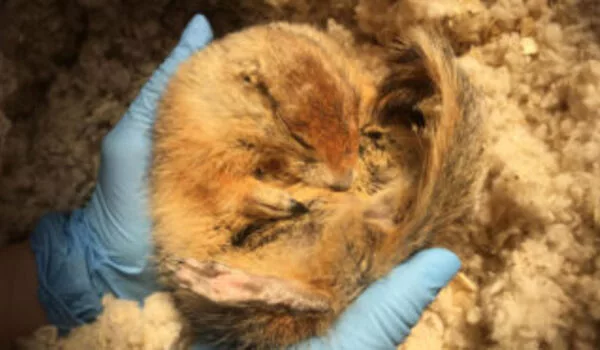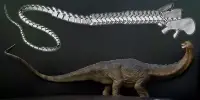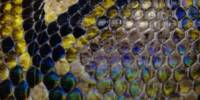Ground squirrels are the only squirrels that hibernate during the winter. Ground squirrels do not live in trees, but rather on or in the ground. Gray squirrels, on the other hand, spend the winter in tree nests and only venture out in the morning and evening. To survive the long, cold winter, they rely on sheltered nests or dens in trees, fat reserves, and stored food rather than hibernating.
Gut microbes assist some squirrels in staying strong during hibernation. Researchers report in Science that the microorganisms appear to help squirrels recycle nutrients to keep the rodents’ muscles taut.
Understanding how squirrels keep their muscle over the winter could provide a small clue to how to prevent muscle loss in people who are malnourished or have muscle-wasting diseases, according to the researchers.
Humans are just not jumping up and down and climbing mountains after long bed rest. However, that is what these [squirrels] must do. Some gut microbes salvage nitrogen from urea and use it to make amino acids. Hibernating squirrels can then use those amino acids to preserve muscle, the findings suggest.
Hannah Carey
“Humans are just not jumping up and down and climbing mountains after long bed rest,” says study coauthor Hannah Carey, a hibernation physiologist at the University of Wisconsin-Madison. “However, that is what these [squirrels] must do.”
Muscle breakdown caused by inactivity or starvation releases nitrogen compounds — a critical element found in muscle building blocks known as amino acids. Because too much nitrogen can be toxic, the body normally eliminates it through urine in the form of urea.

Previous research has shown that arctic ground squirrels (Urocitellus parryii) can recycle nitrogen for muscle preservation without the help of gut microbes. Carey and colleagues used an isotope, a form of the element with a different mass, as a tracer to track where nitrogen went in the bodies of thirteen-lined ground squirrels (Ictidomys tridecemlineatus) in the new study. Nitrogen that had been processed by microbes ended up in skeletal muscle in hibernating squirrels. Animals given antibiotics to clear out gut-inhabiting bacteria incorporated less nitrogen into muscle, indicating that the microbes were to blame.
Some gut microbes salvage nitrogen from urea and use it to make amino acids. Hibernating squirrels can then use those amino acids to preserve muscle, the findings suggest.
Generally, a high serum concentration makes animals, including humans, feel thirsty. The sleeping squirrels’ serum concentration was low, preventing them from waking up for a drink. Even when researchers roused the torpid squirrels, they wouldn’t drink a drop—until the team artificially increased the concentration of their blood serum.
The researchers then wanted to know how the blood concentration of the squirrels dropped so low. The researchers speculated that the squirrels may have drank a lot of water prior to hibernation to dilute their blood. When they filmed squirrels preparing for their winter nap, they discovered the animals drank less water than usual.
According to Carey, microbes and squirrels appear to collaborate to help the creatures survive. This new knowledge could one day benefit people suffering from diabetes or astronauts on long-duration space flights. Even if people figure out how to lower their serum concentrations, they’re unlikely to ever be as cute as sleeping squirrels.
















